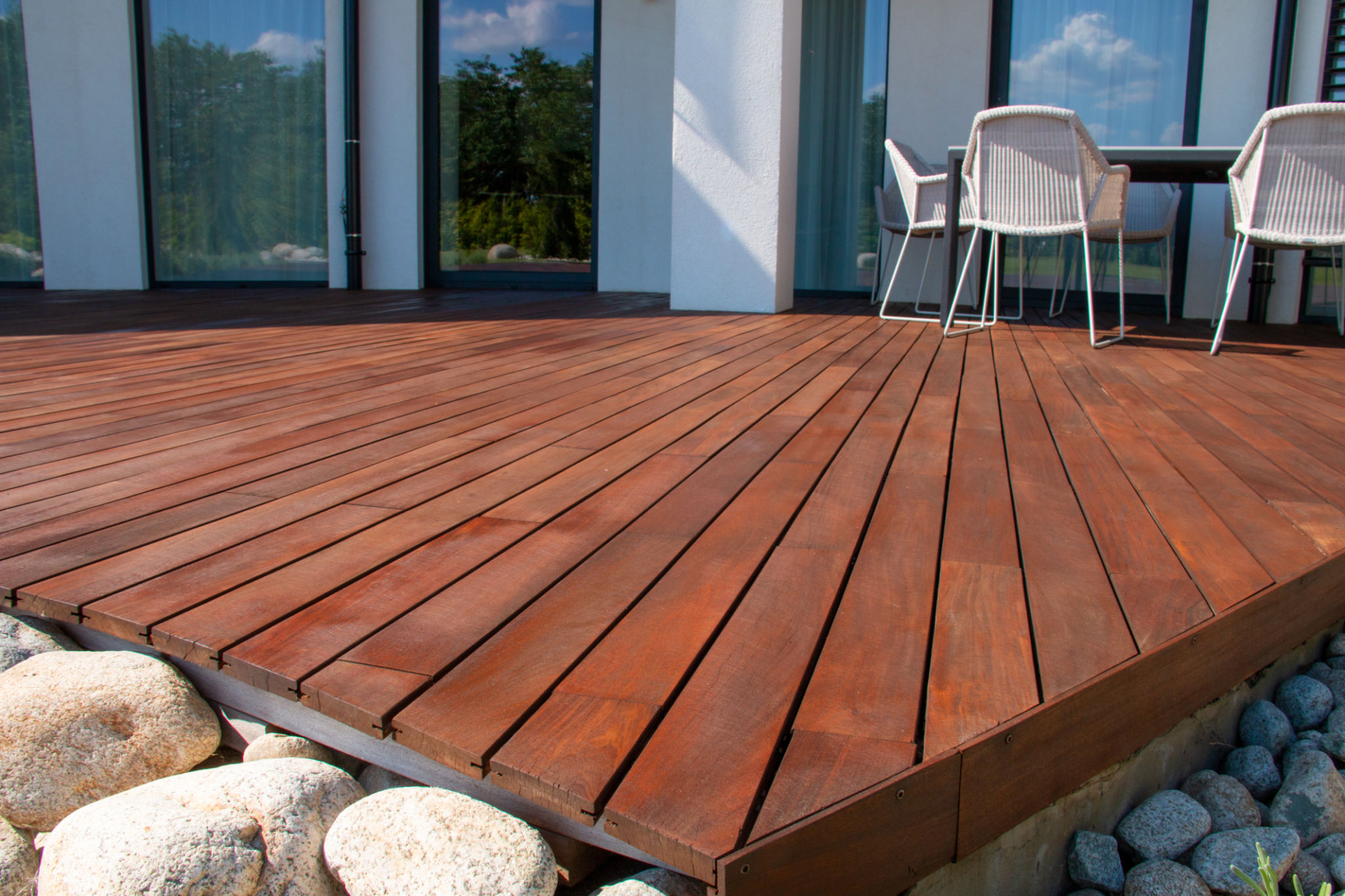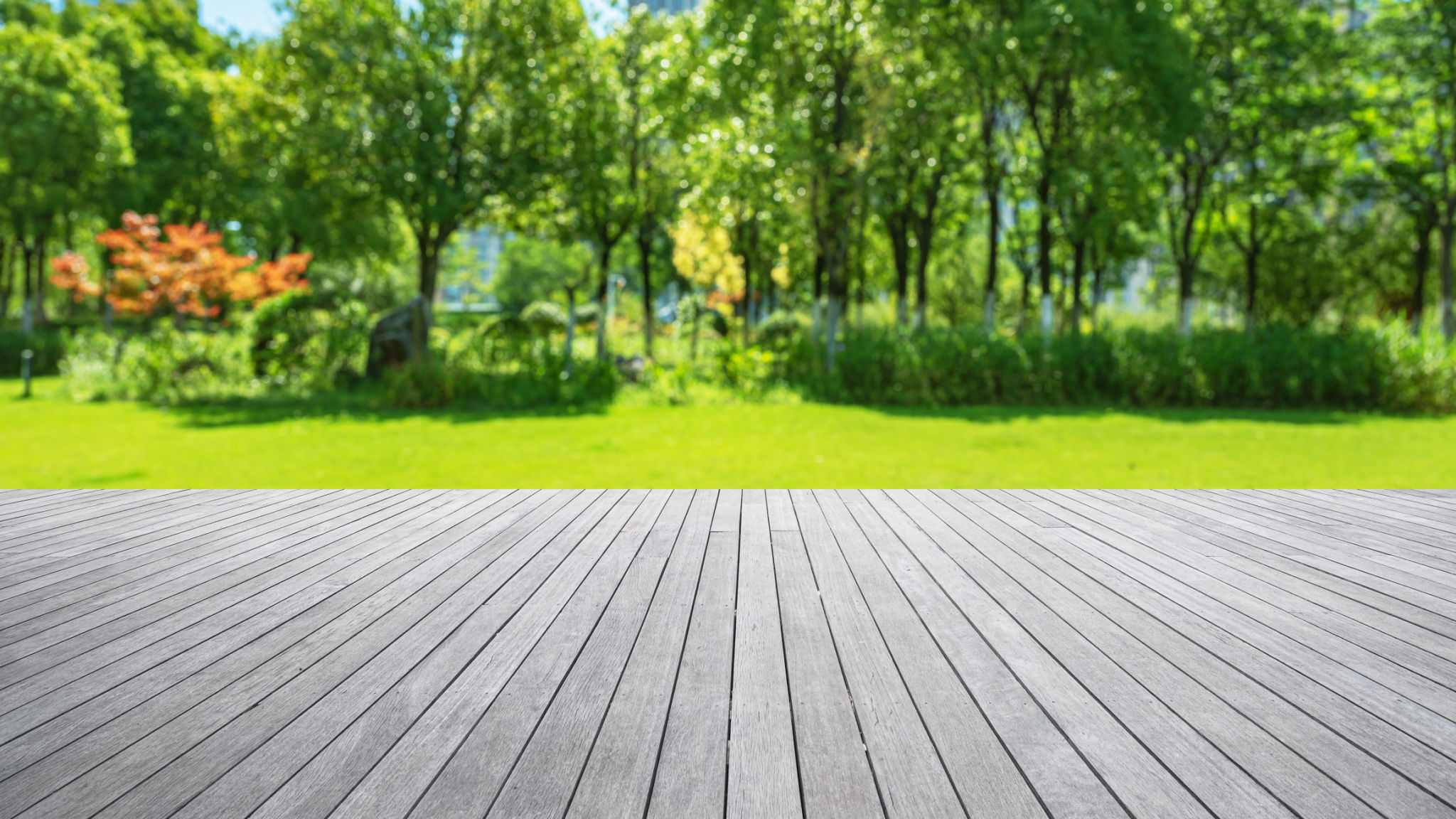Common Myths About Alternative Wood Decking Debunked
Understanding Alternative Wood Decking
In recent years, alternative wood decking has gained popularity as a sustainable and durable option for outdoor spaces. However, despite its growing acceptance, several misconceptions still surround it. In this blog post, we aim to debunk common myths about alternative wood decking to help you make an informed choice for your next project.

Myth 1: Alternative Wood Decking Looks Fake
One of the most prevalent myths is that alternative wood decking looks artificial and lacks the natural beauty of traditional wood. This might have been true in the early days of composite decking, but significant advancements have been made in design and manufacturing. Today, many alternative wood products are indistinguishable from real wood, offering a variety of textures and colors that mimic natural wood grain.
Manufacturers use sophisticated techniques to create realistic finishes, ensuring that your deck not only looks authentic but also withstands the test of time. Many homeowners find that the aesthetic appeal of modern alternative wood decking rivals that of traditional options.
Myth 2: It’s Not Environmentally Friendly
Another myth is that alternative wood decking is less eco-friendly than natural wood. In reality, many alternative decking options are made from recycled materials, such as plastic and wood fibers, which would otherwise end up in landfills. By choosing composite decking, you are contributing to waste reduction and promoting sustainability.

Moreover, composite decks often require less maintenance than traditional wood, reducing the need for chemical treatments and preservatives that can harm the environment. This makes alternative wood decking a responsible choice for eco-conscious homeowners.
Myth 3: It’s Weak and Unreliable
Some people believe that alternative wood decking is not as sturdy as natural wood. However, composite decking is engineered to be incredibly durable and resistant to common issues like warping, splintering, and insect damage. Its composition allows it to withstand harsh weather conditions without deteriorating.
Many manufacturers offer warranties ranging from 25 to 50 years, underscoring their confidence in the product’s durability. The structural integrity of alternative wood decking makes it a reliable option for long-term use.
Myth 4: It’s Too Expensive
The initial cost of alternative wood decking may be higher than traditional wood options, leading some to believe it is too expensive. However, when you consider the long-term savings on maintenance and repair costs, it becomes clear that composite decking can be more cost-effective over time.

With traditional wood, you might spend money annually on sealing, staining, or replacing damaged sections. Alternative wood decking requires minimal upkeep, saving you both time and money in the long run.
Myth 5: Limited Design Options
Another misconception is that alternative wood decking offers limited design options. On the contrary, composite decking comes in a wide range of colors, patterns, and textures, allowing for significant customization. You can find styles that suit both modern and classic aesthetics.
In addition to a variety of looks, many brands offer accessories such as railings and lighting that complement your deck design. This versatility makes alternative wood decking an excellent choice for any outdoor space.
The Truth About Alternative Wood Decking
Alternative wood decking is a versatile and sustainable choice for outdoor living spaces. By debunking these common myths, we hope to have clarified some misconceptions surrounding this innovative product. With its aesthetic appeal, environmental benefits, durability, cost-effectiveness, and design flexibility, composite decking is worth considering for your next project.